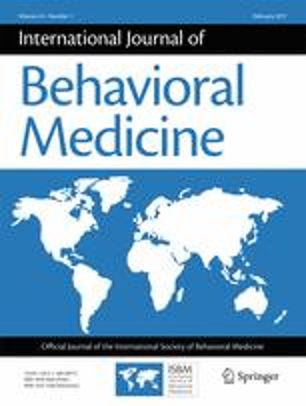The relationship between anthropometric measures and cardiometabolic health in shift work: findings from the Atlantic PATH Cohort Study.
Authors: Sweeney, E., Yu, Z.M., Dummer, T.J.B., Cui, Y., DeClercq, V., Forbes, C., Grandy, S., Keats, M., Parker, L., Adisesh, A. (2019) Abstract: Purpose: To evaluate the relationship between anthropometric measures and cardiometabolic health in shift workers compared to non-shift workers. Methods: A population health study was conducted with 4155 shift workers and 8258 non-shift workers from the Atlantic Partnership for Tomorrow’s Health (PATH) cohort. Linear and logistic regression models were used to assess the differences in anthropometric measures (body adiposity) and self-reported cardiometabolic disease outcomes (obesity, diabetes, and cardiovascular disease) between shift workers and non-shift workers. Results: There was a significant increased risk of cardiovascular disease, obesity, and diabetes among shift workers compared to matched controls despite higher levels of physical activity and lower levels of sedentary behaviour. Shift workers were 17% more likely to be obese (95% CI 7–27) and 27% more likely to have diabetes (95% CI 8–51). The strength of this association was demonstrated by also controlling for body mass index and fat mass index. Conclusions: Shift work is associated with obesity, cardiovascular disease, and diabetes despite higher levels of physical activity and lower levels of sedentary behaviour. The association between shift work and cardiometabolic health was independent of body mass index for cardiovascular disease and diabetes, and independent of fat mass index for diabetes. Link: https://doi.org/10.1007/s00420-019-01459-8.










